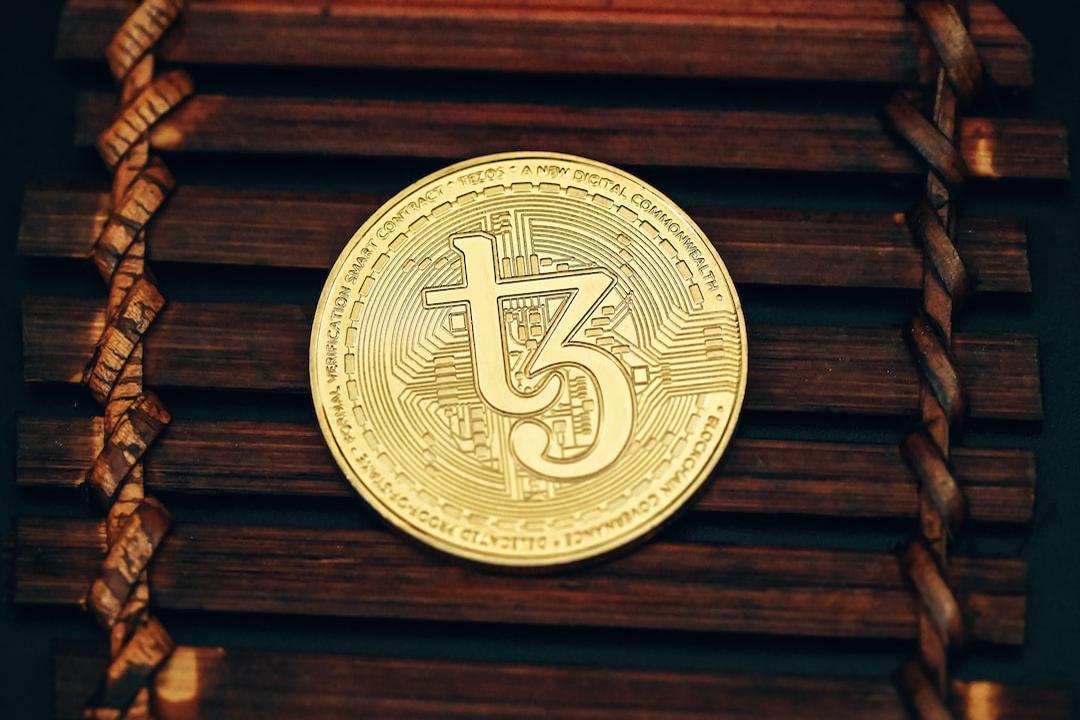Bitcoin (BTC) faced the possibility of breaking down below $61,000 on May 9 as familiar trendlines were tested for support once again. BTC/USD slowly declined, erasing the gains made over the past week. While short-term volatility affected order book liquidity, BTC/USD lacked the overall momentum to push higher. The 100-day simple moving average (SMA) and short-term holder realized price (STH-RP) were back in focus. These levels are considered to be classic support levels in a bull market, with last week’s brief dip to $56,500 not breaching them for long. At the time of writing, the 100-day SMA and STH-RP stood at $61,200 and $60,100, respectively. Skew, a popular trader, highlighted the importance of the 100-day SMA and the monthly open at $60,600 on high timeframes. CoinGlass data confirmed the presence of bid liquidity just below $61,000, indicating that someone was intentionally driving the price lower to accumulate Bitcoin at lower prices. The recent decline in BTC price had an impact on network fundamentals, as Bitcoin mining difficulty was set to decrease by 5.5%, marking its largest downward adjustment since the end of the 2022 bear market. Hash rate, a measure of mining activity, was also dropping. Miners are waiting for the difficulty to adjust downward before they can mine more Bitcoin per unit of computing power. This adjustment occurs every 2016 blocks, or approximately every 14 days. It is important to note that this article does not provide investment advice or recommendations, and readers should conduct their own research before making any decisions.

Bitcoin mining difficulty on the verge of experiencing its most significant decline since 2022, while BTC price aims for $60K.
